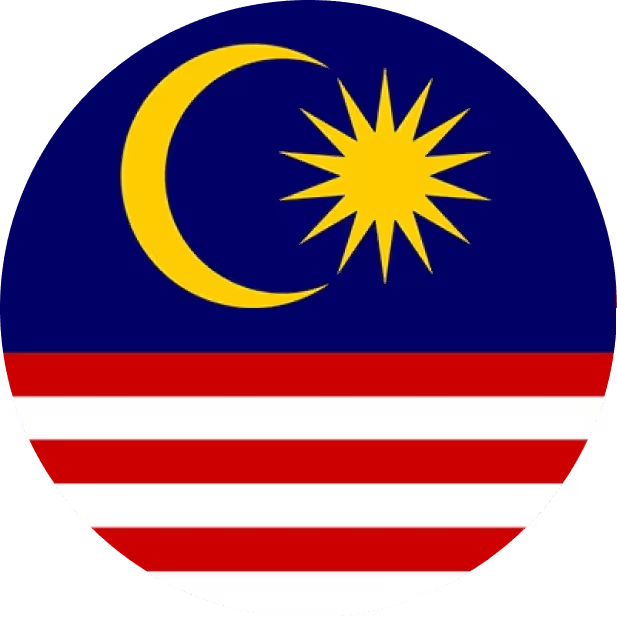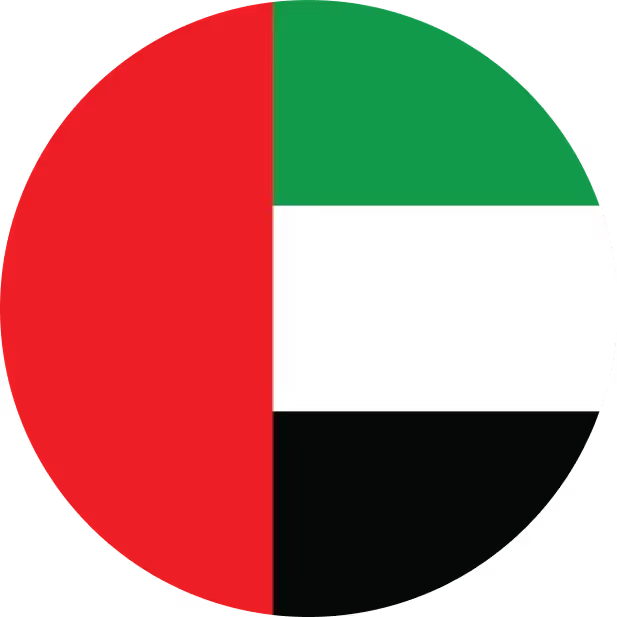Hiring has never been simple. Between sorting resumes, coordinating interviews, and chasing down feedback, most recruiters are running on caffeine and deadlines. But what if there was a way to make it all a little smarter, faster, and more strategic?
That’s where AI-powered recruitment comes in. No, it’s not about replacing recruiters with robots. It’s about making the entire hiring process more efficient, data-driven, and fair by putting the right tools in the hands of HR professionals. Let’s unpack what AI in recruitment really looks like today and why your team should be paying close attention.
What is AI-powered recruitment and how is it different from traditional hiring?
AI-powered recruitment refers to the use of artificial intelligence technologies like machine learning, natural language processing, and predictive analytics to streamline and enhance various stages of the hiring process. But how is this different from using just an ATS or automating email replies?
Think of AI as a smart assistant that learns patterns, makes predictions, and adapts based on data. Traditional systems might filter resumes based on keywords, but AI tools can actually assess qualifications, identify soft skills, and predict candidate success based on past hiring outcomes. It's no longer just automation. It’s intelligent assistance that improves decision-making.
This shift isn’t about removing the human element. It’s about giving HR professionals better insights and freeing up time so they can focus on the one thing AI can’t replicate, empathy and judgment.
Where does AI fit into the recruitment process?
You might be wondering, can AI really help at every stage of hiring? Surprisingly, yes. AI tools are being used across the recruitment funnel in ways that go far beyond just resume screening. Let’s break it down step by step.
1. Sourcing candidates
AI can analyze thousands of online profiles, job boards, and internal databases to identify candidates who are not just available but also aligned with the company’s values and skills requirements. Some platforms can even predict when a candidate is likely to switch jobs.
2. Screening resumes and applications
Instead of relying on rigid keyword filters, AI-powered screening tools assess qualifications, work history, and soft skills using natural language processing. This helps identify the best-fit candidates faster and reduces unconscious bias.
3. Assessments and pre-interview stages
Chatbots and virtual assistants conduct initial screenings, ask questions, and score responses in real-time. AI can also analyze video interviews, assessing tone, expressions, and language patterns to offer insights into confidence, communication style, and cultural fit.
4. Interview scheduling and coordination
AI takes care of the back-and-forth of scheduling interviews by syncing with calendars and offering smart time slot suggestions, reducing administrative delays.
5. Onboarding and integration
Even after the hire, AI supports personalized onboarding experiences, guiding new employees through training modules based on their role, learning style, and progress.
These AI tools don’t just save time. They allow recruiters to focus on the candidate experience and build deeper, more meaningful connections with talent.
What are the real benefits of using AI in recruitment?
It’s one thing to adopt a new technology. It’s another to see tangible results from it. So what can HR teams expect when they bring AI into the recruitment process?
Faster hiring timelines
AI tools work 24/7. They can scan thousands of resumes in seconds, schedule interviews instantly, and accelerate the screening process. This means positions are filled faster, reducing both time-to-hire and cost-per-hire.
Improved candidate quality
With better data analysis and predictive insights, recruiters can identify not just qualified candidates, but those most likely to succeed and stay. That’s a major win for long-term retention.
Enhanced candidate experience
Chatbots respond to questions instantly. Personalized messages and quick feedback loops make candidates feel valued. A smoother, tech-enabled process often reflects positively on the employer brand.
Reduced unconscious bias
When properly trained, AI can reduce the impact of human bias by evaluating candidates based solely on data, not demographic cues. This contributes to fairer hiring practices.
Scalability without growing the team
If your company is hiring across multiple roles or geographies, AI allows your recruitment team to handle higher volumes without getting overwhelmed.
In short, AI isn't just a shiny tool. It’s a strategic partner that brings structure, speed, and insight to modern recruitment.
Are there any challenges or risks to be aware of with AI recruitment?
Of course, no technology is perfect. While AI brings plenty of value to HR, it’s important to be aware of its limitations and potential pitfalls.
Bias in the algorithms
AI learns from historical data. If that data reflects past hiring biases, the AI may unintentionally replicate them. That’s why it’s critical to choose tools that are transparent and regularly audited for fairness.
Loss of the human touch
Over-automating the process can make candidates feel like they’re just part of a system, not a conversation. HR should always stay involved in key touchpoints to ensure warmth and clarity.
Data privacy concerns
AI tools often rely on sensitive candidate data. Employers need to ensure these systems are compliant with regulations like GDPR or local data protection laws and are transparent about how data is used.
Over-reliance on black-box models
Some AI platforms don’t explain how decisions are made, which can be risky. Recruiters need access to explainable insights and the ability to override decisions when needed.
At the end of the day, AI should serve HR, not replace it. It’s a tool to augment human judgment, not remove it from the equation.
How can HR teams choose the right AI recruitment tool?
With so many AI recruitment platforms flooding the market, it’s easy to feel overwhelmed. Here’s how HR teams can make an informed choice:
- Start by identifying your pain points. Is your biggest issue screening volume, candidate engagement, or scheduling? Choose tools that solve real bottlenecks.
- Check for integrations. Make sure the AI tool fits into your current tech stack, including ATS, HRIS, and communication platforms.
- Ask about data transparency. Can the tool explain how it makes decisions? Can you customize the model? These questions matter.
- Evaluate user-friendliness. Your recruiters don’t need a PhD in data science to use this tool. Simplicity is key.
- Review case studies. Look for customer success stories, ideally in your industry or company size, to understand real-world results.
Choosing the right tool is less about having every feature and more about finding the right fit for your hiring strategy.
Are there real-world examples of companies successfully using AI in hiring?
Yes, and they’re not just the Googles and Amazons of the world. Many small and mid-sized businesses are seeing real impact too. Here are a few examples that stand out:
- Unilever used AI-powered video assessments to analyze thousands of applicants. They reduced time-to-hire by 75 percent and doubled their applicant pool all while improving diversity.
- IKEA integrated AI chatbots into their candidate engagement process, leading to faster screening and higher completion rates in applications.
- A leading Indian fintech startup used AI to pre-screen tech candidates based on skill assessments and reduced their first-round rejections by 40 percent.
The key takeaway? AI is not just for tech giants. It’s an equalizer that helps lean HR teams punch above their weight.
Can AI really replace human recruiters?
This is one of the most common questions HR professionals ask. And the answer is no, because it shouldn’t.
AI can read resumes. It can even assess facial cues in interviews. But it can’t understand cultural fit, team chemistry, or career aspirations the way a human can. Nor can it coach a nervous candidate or help resolve conflict during negotiations.
The best recruitment strategies combine AI’s data-driven precision with HR’s emotional intelligence. It’s not about choosing one or the other. It’s about partnership.
Think of AI as your recruiter’s co-pilot. While it handles the turbulence of high-volume tasks, you stay focused on flying the plane.
What’s next for AI in recruitment?
As AI evolves, we’re moving toward even more personalized, responsive hiring journeys. Some of the trends shaping the future include:
- Hyper-personalized candidate experiences, where job suggestions, assessments, and onboarding paths are tailored in real time.
- Emotion and tone analysis during interviews to better understand a candidate’s communication style.
- AI for diversity and inclusion audits, helping companies identify representation gaps and monitor hiring equity.
- Predictive attrition modeling, where AI forecasts whether a candidate is likely to stay based on patterns from similar hires.
The next frontier of recruitment isn’t just faster hiring. It’s smarter, fairer, and more empathetic hiring, powered by tools that understand humans better than ever before.
So, is your HR team ready to embrace AI?
If your recruitment process still relies entirely on manual screening, inconsistent feedback, or Excel sheets, it might be time to upgrade. AI won’t solve all your hiring problems overnight, but it gives you the foundation to build a modern, scalable, and human-centered approach.
Start small. Test one tool. See what works. And keep the conversation going with your team—because digital transformation is as much about mindset as it is about technology.
Discover how peopleHum helps HR teams streamline hiring without losing what makes it human. Book a free demo today.














































.avif)